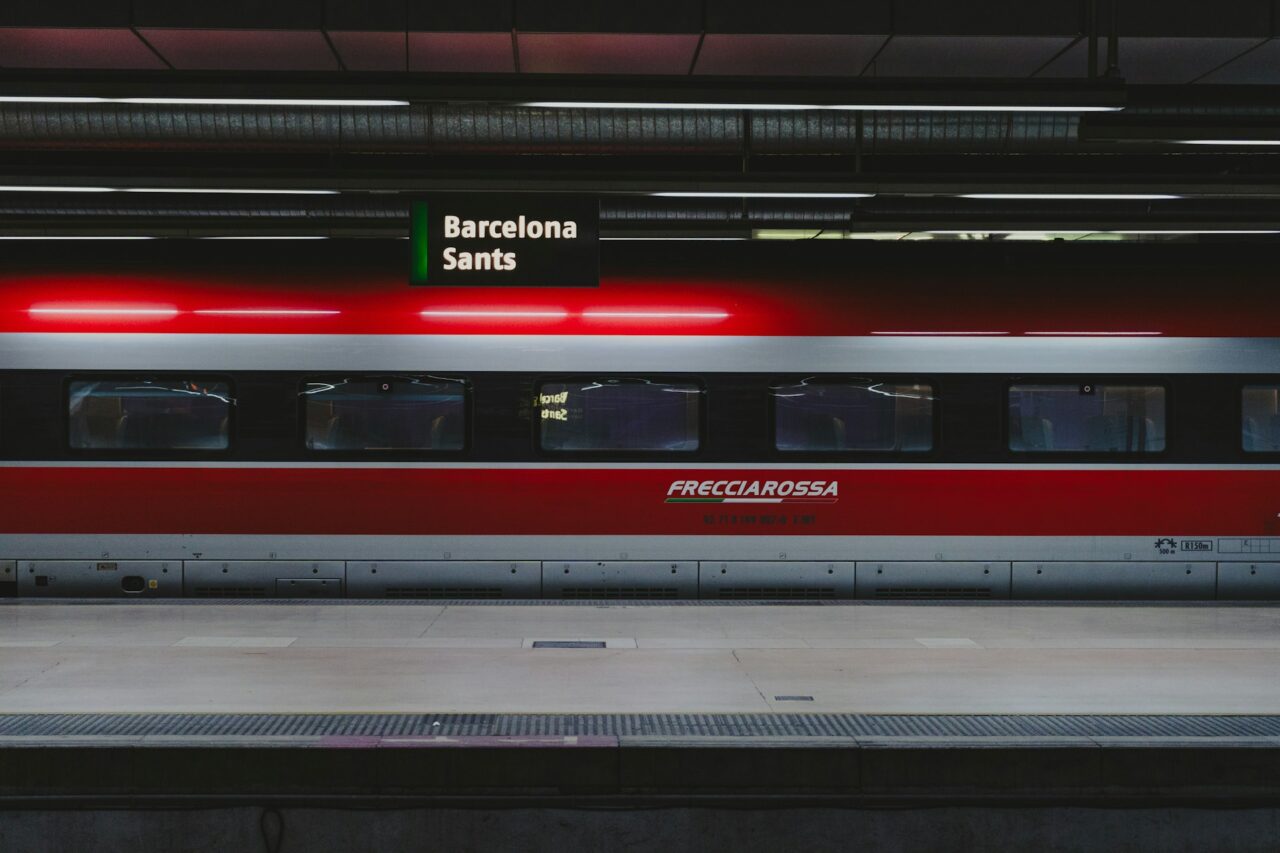Spain’s high-speed train network, renowned for its efficiency, speed, and affordability, has revolutionized the way people travel around the country. With a comprehensive network of tracks connecting major cities and regions, Spain’s high-speed trains offer a convenient and comfortable option for both domestic and international travelers. In this article, we will explore the benefits of Spain’s high-speed train network, with a particular emphasis on the low-cost high-speed train companies that provide budget-friendly options for passengers.
Efficiency and speed:
Spain’s high-speed train network, known as Alta Velocidad Española (AVE), is one of the most extensive and technologically advanced in the world. With trains reaching speeds of up to 300 km/h (186 mph), passengers can travel between major cities in a fraction of the time it would take by car or conventional train. While you need flights to Madrid from NYC, the journey from Madrid to Barcelona, a distance of over 600 kilometers (370 miles), can be completed in just over two and a half hours by train, making it faster than flying when factoring in travel time to and from airports.
Comprehensive Coverage:
The AVE network spans the length and breadth of Spain, connecting major cities such as Madrid, Barcelona, Seville, Valencia, and Malaga, as well as smaller towns and regions. This comprehensive coverage makes it easy for travelers to explore multiple destinations within Spain without the need for a car or domestic flights. Whether you’re visiting cultural landmarks, business hubs, or coastal resorts, the high-speed train network provides seamless connections between cities and regions.

Affordability:
One of the most attractive features of Spain’s high-speed train network is its affordability, especially when compared to other modes of transportation such as flying or driving. In recent years, several low-cost high-speed train companies have entered the market, offering budget-friendly options for passengers seeking to travel between cities at a lower cost. These companies provide competitive fares and promotional offers that make high-speed train travel accessible to a wider range of travelers.
Comfort and Convenience:
Despite their low-cost offerings, these high-speed train companies prioritize passenger comfort and convenience, ensuring a pleasant travel experience for all. Trains are equipped with modern amenities such as air conditioning, comfortable seating, Wi-Fi access, and onboard catering facilities, allowing passengers to relax and enjoy the journey. Additionally, high-speed trains operate on frequent schedules with multiple departures throughout the day, making it easy to find a convenient time to travel.
Environmental Sustainability:
High-speed trains are not only cost-effective and efficient but also environmentally friendly, producing fewer carbon emissions per passenger kilometer than cars or airplanes. By choosing to travel by train, passengers can reduce their carbon footprint and contribute to sustainable transportation practices. Low-cost, high-speed train companies prioritize sustainability and strive to minimize their environmental impact through energy-efficient operations and eco-friendly initiatives.
When is it better to take a train or a flight?
Choosing between taking a train or a flight depends on factors such as distance, time constraints, and personal preferences. Trains are often preferred for shorter distances or routes with frequent departures, offering a more scenic and relaxed travel experience. On the other hand, flights are typically faster and more convenient for long-distance travel, especially when time is limited. Additionally, flights may be preferred for destinations not easily accessible by train or for travelers with connections to other cities or countries. Ultimately, the decision between taking a train or a flight depends on individual circumstances and priorities.
Conclusion:
Spain’s high-speed train network, with its extensive coverage, affordability, and comfort, offers a seamless and cost-effective mode of transportation for travelers exploring the country. Low-cost, high-speed train companies provide budget-friendly options that make train travel accessible to a wider range of passengers. With their modern amenities, frequent departures, and environmental sustainability, high-speed trains are the preferred choice for business travelers, tourists, and locals alike seeking to move around Spain quickly, comfortably, and affordably.

